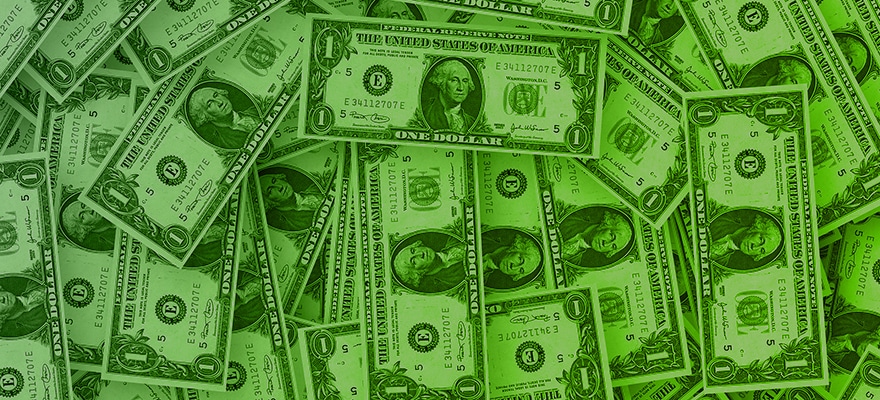The latest edition of the annual study made by Greenwich Associates exploring the institutional side of the foreign exchange market revealed a mild shift in market share amongst top players. Citi, Deutsche Bank, UBS, Barclays and JPMorgan have ceded two percent of their market share mainly to the next five market players.
The major dealers maintain their dominant position, holding 51% of the total market, which is by two percentage points lower than in 2013. The study used data from 1,612 top-tier clients of foreign exchange services including hedge funds, central banks, retail aggregators and major corporations actively engaged in foreign exchange trading.
Major market players have been reporting increasing profits from their foreign exchange divisions in the first quarter
Greenwich Associates’ consultant Woody Canaday, commented on the findings, “While the loss of market share appears small, two percentage points in a market with turnover measured in the hundreds of trillions is a big deal.”
This is most definitely correct, however the data for 2015 might be completely different primarily due to events which unfolded on January 15th. The Swiss National Bank (SNB) scrapped the floor under the EUR/CHF exchange rate prompting an unprecedented move in major free floating currencies.
Companies qualifying to participate in the study have had to report trading volumes of over $10 billion or to have sold more than $5 billion.
The second five broker-dealers have been the main beneficiaries in gaining market share from the big five. Their business now totals 24% of the trading volume, which is up by two percentage points.
In addition, a minuscule share of the market has been picked up by those ranked between 11th and 20th spot.
Three-quarters of the total volume have traded electronically which represents another year of increase in market share. At the same time, the average number of dealers which a company uses to execute its Forex trading orders has risen to more than 8 from 6.5 in 2009.
The top five broker-dealers remain dominant in electronic trading with their share higher by 45% over that in the voice broking market.
While Greenwich Associates estimates that the dominant positions of the top FX dealers are safe, the figures could be dramatically different next year as the dominance of the biggest dealers gets exacerbated by the Swiss Franc events.
Major market players have been reporting increasing profits from their foreign exchange divisions in the first quarter. The last quarter of 2014 coupled with the SNB induced “Black Swan ” event in January triggered a period of substantial volatility on the forex market.

















